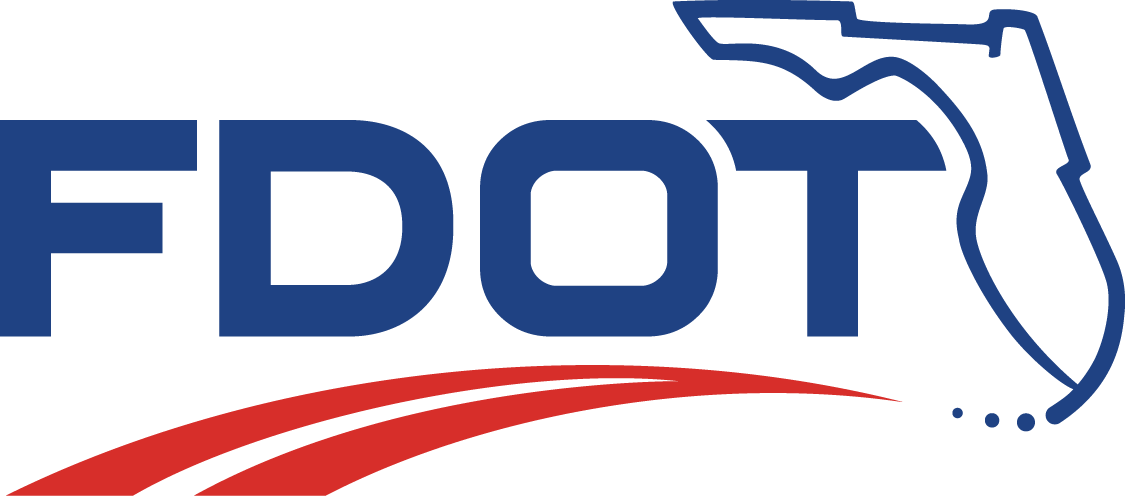Sidewalks and Trails
To meet the needs of all pedestrians, designers must have a clear understanding of the wide range of abilities that occur within the population. Sidewalks, like roadways, should be designed to serve all users. This includes children, older people, parents with strollers, pedestrians who have vision impairments, and people using wheelchairs and other assistive devices. Just as a roadway will not be designed for one type of vehicle, the design of sidewalks should not be limited to only a single type of pedestrian. Every route and pedestrian facility must be readily accessible to and usable by persons with disabilities – which enhances usability and safety for all. The Accessible Sidewalks and Street Crossings informational guide is designed to provide guidance for accessible sidewalks and street crossings.
The FDOT State Construction Office has developed some guidance documents for project administrators and inspectors to use to help ensure transportation projects meet the ADA Standards. These may be found at: Construction QA/QC Guidelists (Click on current FYXX/XX link, scroll down and click on "ADA - Accessibility Issues").
Complying with ADA standards in public rights-of-ways can be difficult. Sidewalks, street crossings, and other elements of the outdoor environment present unique challenges to accessibility for which specific guidance is considered essential. An excellent resource is FHWA's 2001 publication Designing Sidewalks and Trails for Access, Part 2 - Best Practice Design Guide (available from FHWA).
The U. S. Access Board encourages designers and engineers to understand some of the issues involved with being a pedestrian who is disabled by issuing guidance to help designers comply with the ADA Standards when designing alterations to existing roadway facilities. Accessible Public Rights-of-Way - Planning and Design for Alterations describes a number of ways to ensure accessibility when working with sidewalks, utilities, crossings, etc.
The Board has been developing guidelines for public rights-of-way with various degrees of success since 1992. When complete, their guidelines will address issues particularly pertinent to highway designers, including access for blind pedestrians at street crossings, wheelchair access to on-street parking, and various constraints posed by space limitations, roadway design practices, slope, and terrain.

